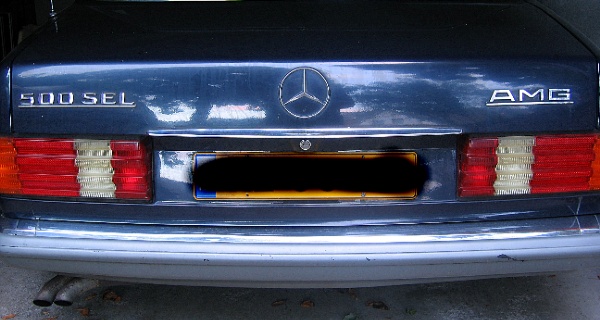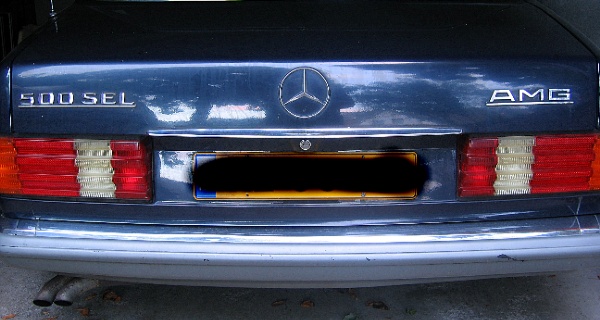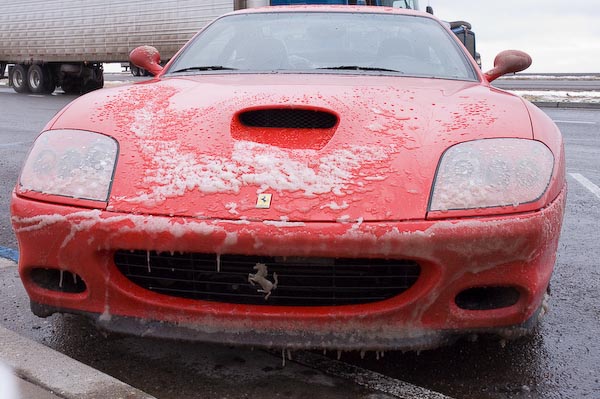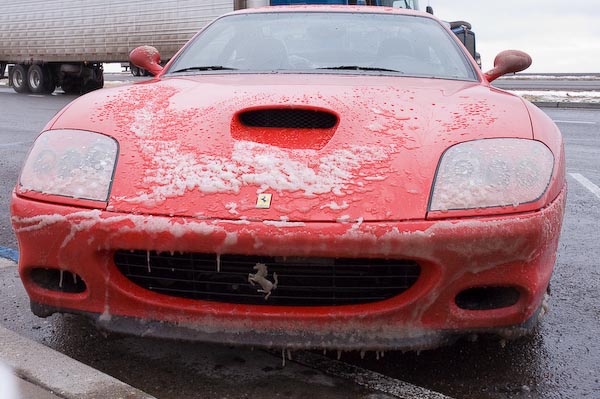Can anyone tell me how to achieve that fast look, so common in car images? The car is really sharp but the surroundings look like they're blazing by.
Is this done by slow shutter speeds or is it all post production?
If in post, can someone give me a heads up on how to do this?
Any help is much appreciated! Thanks.



Is this done by slow shutter speeds or is it all post production?
If in post, can someone give me a heads up on how to do this?
Any help is much appreciated! Thanks.












